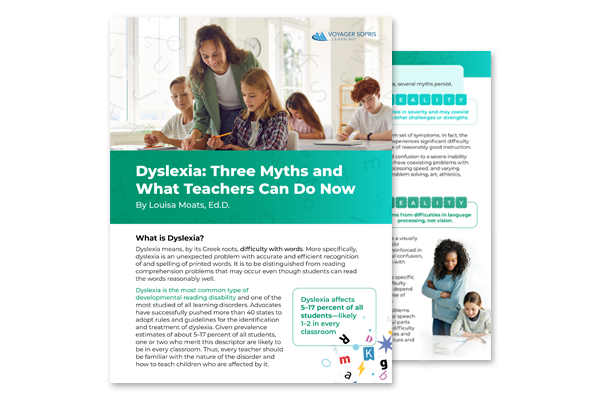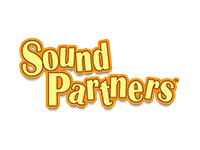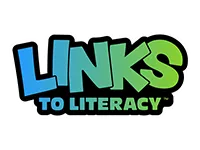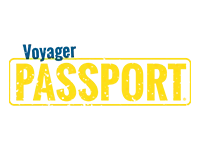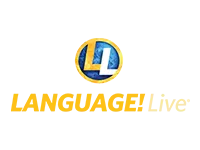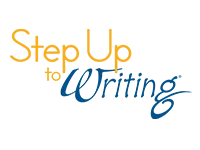
What is Dyslexia?
 According to the International Dyslexia Association® (IDA), “Dyslexia is a specific learning disability that is neurobiological in origin. It is characterized by difficulties with accurate and/or fluent word recognition and by poor spelling and decoding abilities. These difficulties typically result from a deficit in the phonological component of language that is often unexpected in relation to other cognitive abilities and the provision of effective classroom instruction.”
According to the International Dyslexia Association® (IDA), “Dyslexia is a specific learning disability that is neurobiological in origin. It is characterized by difficulties with accurate and/or fluent word recognition and by poor spelling and decoding abilities. These difficulties typically result from a deficit in the phonological component of language that is often unexpected in relation to other cognitive abilities and the provision of effective classroom instruction.”
For a more detailed description, see the IDA Dyslexia Handbook: What Every Family Should Know.


Structured Literacy is Key to Student Success
Endorsed by the International Dyslexia Association®, the most effective solutions for students with dyslexia are those that follow the Structured Literacy approach. Structured Literacy is distinctive in the critical elements taught and follows a defined set of principles. This approach is not only vital for students with dyslexia, but research has found it is effective for all students.
Structured Literacy
The Elements
Instruction in these essential elements is critical to ensuring students learn to read successfully.
- Phonology
- Sound-Symbol Association
- Syllable Instruction
- Morphology
- Syntax
- Semantics
The Principles
Instruction must follow these principles to be effective.
- Systematic and cumulative
- Explicit instruction that deliberately teaches all concepts with continuous student-teacher interaction
- Diagnostic teaching that uses assessments to inform and differentiate instruction
Structured Literacy and the Orton-Gillingham Approach
The Orton-Gillingham approach is a structured literacy approach that specifically focuses on the relationship between sounds and letters. Named for the contributions of Samuel Orton and Anna Gillingham, this approach to reading, spelling, and writing is characterized by structured, sequential, and direct instruction. A multisensory approach is used to appeal to tactile learners, visual learners, and students with strong auditory processing skills. Many of our reading programs contain elements of the Orton-Gillingham approach.

Experts Talk About Dyslexia on EDVIEW360
EDVIEW360 by Voyager Sopris Learning brings literacy experts right to you with the latest research, insights, and thought leadership. Read, listen, or watch these EDVIEW360 sessions focused on dyslexia here and subscribe to join our mailing list.

Release Date:

Release Date:

Release Date:
Literacy expert and author, Dr. Louisa Moats, discusses common myths about dyslexia and what teachers can do to support students.
Structured Literacy Solutions
Voyager Sopris Learning offers a range of reading and writing solutions to support students with dyslexia. All solutions follow the Structured Literacy approach and complement any core curriculum.
Sound Partners is a research-based, supplementary tutoring program that provides individual instruction in phonics-based early reading skills. Through explicit instruction, engaging 30-minute lesson activities, and storybook reading practice, students work to improve alphabetic, phonemic awareness, decoding, word identification, and spelling skills.
LINKS to Literacy™ is a reading intervention program for developing readers in grades K–5. Based on the science of reading, it delivers systematic, explicit instruction in the five essential components of reading. LINKS to Literacy is designed for small-group intervention, includes flexible implementation models, and follows a consistent routine with engaging themes about art, science, technology, travel, personal reflection, courage, and resilience. This solution gives students more opportunities for practice and immediate corrective feedback.
The journey to literacy requires essential tools to ensure students who struggle can reach grade level. Updated Voyager Passport® is a K–5 literacy intervention that provides comprehensive, explicit, and systemic instruction in the five essential components of reading and includes language and writing—in just 30 minutes of instruction per day.
The REWARDS® suite is a powerful, research-validated program for adolescent students who struggle reading long, multisyllabic words and comprehending content-area text. With explicit, teacher-led instruction, REWARDS gives students the tools to improve fluency and comprehension to become successful readers.
This blended program applies the Structured Literacy approach recommended by the IDA and provides explicit, systematic, and cumulative foundational reading skill instruction. The program emphasizes higher-level comprehension as students progress and develop speed, accuracy, and automaticity while reading more complex text.
This research-based program is multisensory, explicit, and systematic, so students of all abilities, including those with dyslexia and English language learners, can improve their writing prowess. Step Up to Writing’s differentiated approach caters to students with varying needs, making it the optimal addition to any school curriculum.
